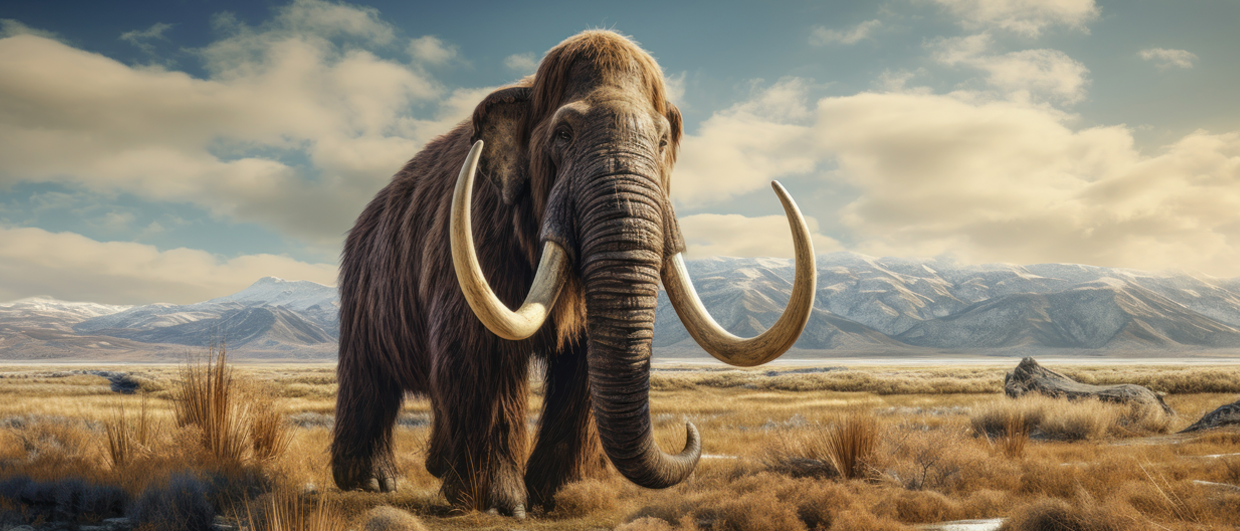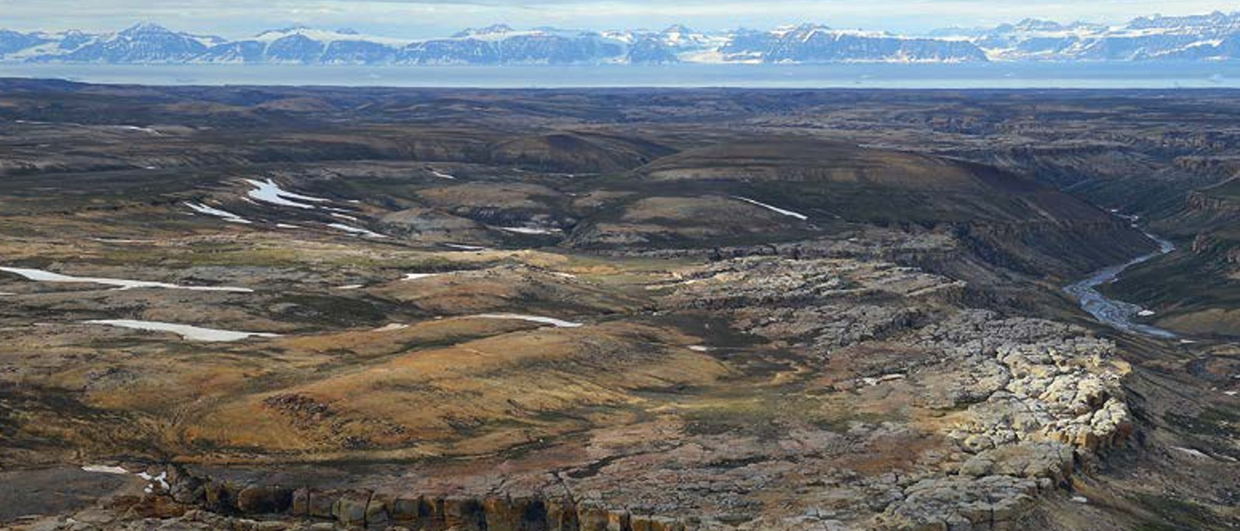Despite 6 dry wells and limited interest from the oil industry, the search for oil and gas in the large areas west of Greenland will continue. Optimism is greater than for some time past due to several promising news. On the other hand geologists struggle to explain a number of “home truths”.
The myths
We must work to remove some established myths. Three of these persist: the difficult ice conditions, a lack of suitable source rocks and the presence of oceanic crust between Greenland and Baffin Island, says Flemming G. Christiansen, leader of the stratigraphic department in the Geological Survey of Denmark and Greenland (GEUS). He is also responsible for the geological work which the institution is carrying out in the large sedimentary basins offshoreWest – Greenland. This takes place in collaboration with the Bureau of Mineral and Petroleum, Government of Greenland (“Råstoffdirektoratet”) in Greenland’s own internal administration (“Hjemmestyre”) responsible for licensing.
One of the myths which has survived is that oceanic crust is widespread between Greenland and Canada. Hence, without knowledge of the new research results, it is natural to choose other areas for exploration. But we now have data which show clearly that continental crust exists between 62ºN and 68ºN, claims Christiansen. – Seismic data showing 6 seconds with sediments and drill-holes deep into the Cretaceous should be enough to convince most people, he maintains.
Former geological misconceptions are therefore in the process of losing ground. Ten years ago it was much more difficult to promote the continental shelf offshore West-Greenland, but today we have good news to offer. The explanation for this is that we now have much more data and several geological studies which, collectively, show that the sediment basins have a completely different character than was thought in the 70´s and 80´s when the myths became established, says Christiansen.
The new insight is the result of the strategy, which we have pursued. The efforts of the Bureau of Mineral and Petroleum and GEUS have, quite simply, paid off, he maintains.
Finds of sediment and oil
The first phase in the search for oil and gas offshore the coast of West-Greenland began in the 1970´s. Six groups of oil companies, Amoco, Arco, Chevron, Mobil, Total and Ultramar, took out licences. Five wells were drilled without any show of oil or gas, at least in commercial quantities. One of the wells,Kangâmiut-1, detected gas under high pressure but testing yielded only drilling fluid. The results from drilling, combined with poor quality seismic data (which formed the basis for the geological models), caused the oil industry to declare


